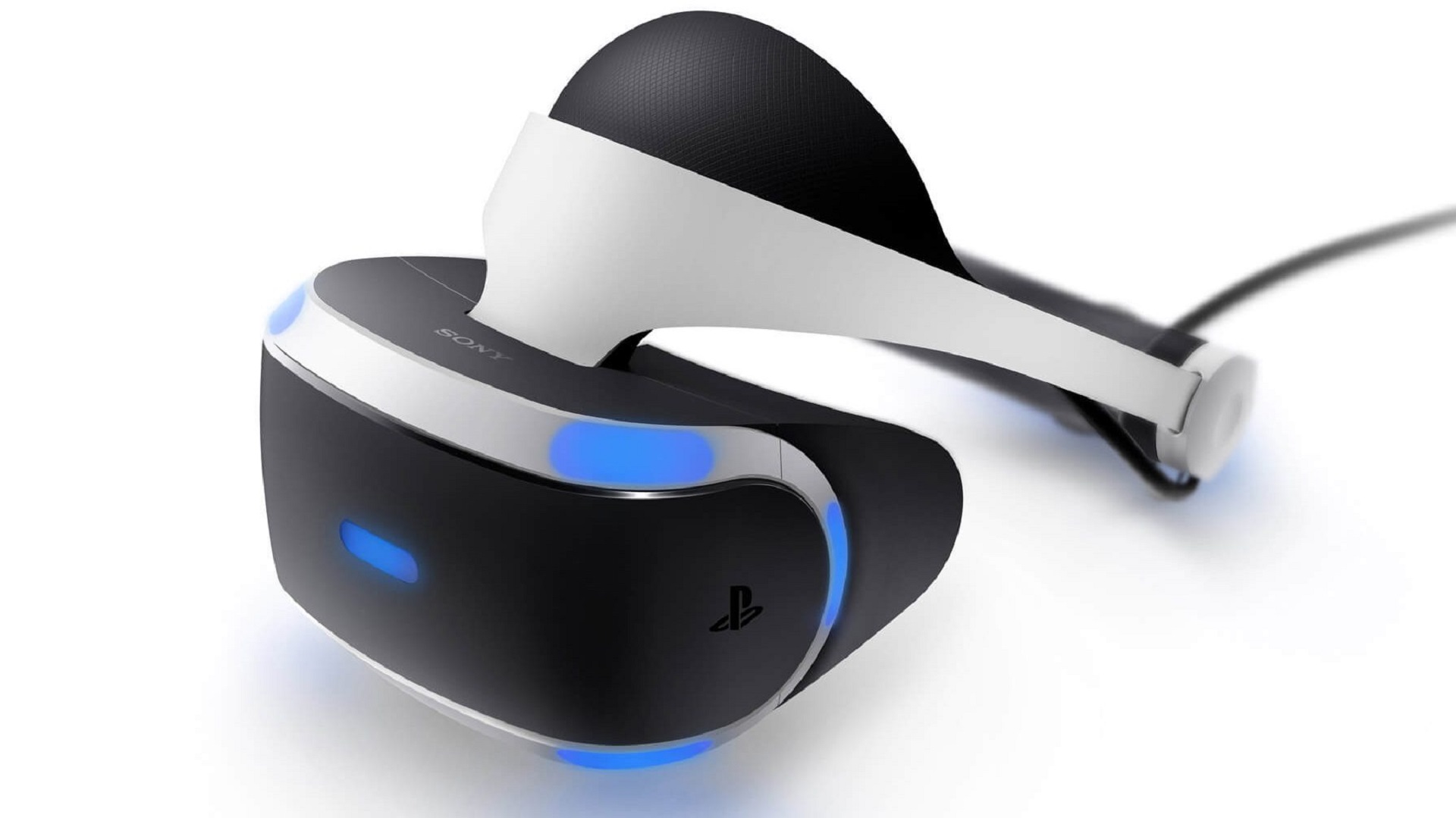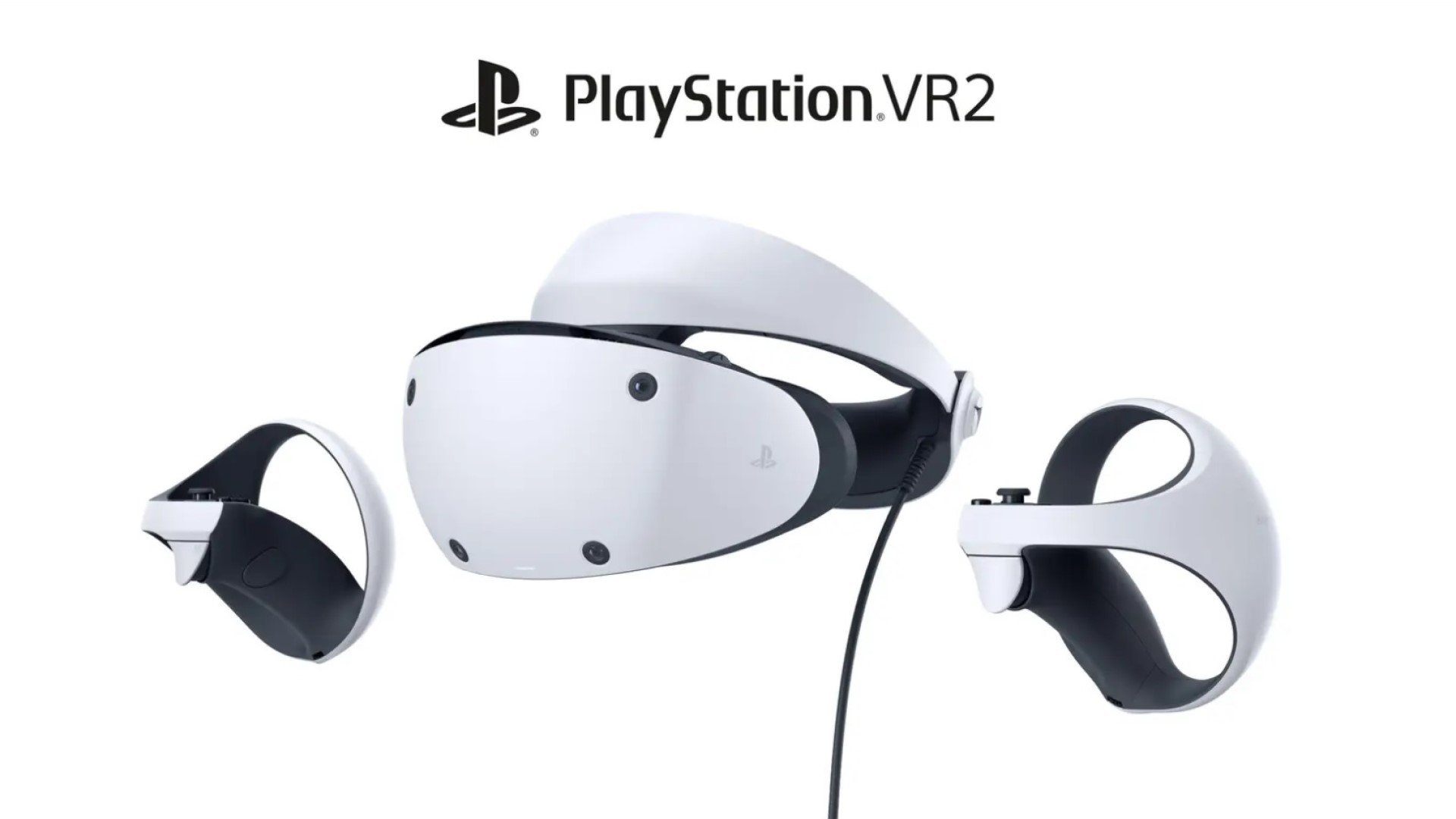
Virtual reality may not be the all encompassing future that becomes the primary and dominant form of engaging with media that so many evangelists for the technology may have originally wanted us to believe it would be, but it’s also clearly not going anywhere. While VR hasn’t seen explosive growth, it’s absolutely become a mainstay of the tech and entertainment worlds. It might not be the future like so many may have wanted it to be, but it absolutely is a future.
That is important to remember, because the point of this piece isn’t to decry VR’s existence, or to claim there’s no future for it. It’s very obvious VR is here to stay, as one of a multitude of ways people engage with entertainment. However, this growth and entrenchment of VR that we’ve been talking about has come from very specific kinds of VR products and paradigms – ones that are, in fact, entirely different from the kinds of high end VR tech that was originally peddled by so many eager entrants into the arena, back when VR was going to be THE future.
You know what I’m talking about here – the growth of VR has happened off the back of standalone VR headsets such as the Oculus Quest (Meta Quest now, technically speaking). These headsets – the ones that are extremely cheap to buy and require nothing else to run or be used. You don’t need an expensive thousand dollar PC or a separate home console (another few hundred bucks on top) to run these things. You don’t need to wrangle a few dozen wires and connections and then be tethered to be able to use these. You just put the headset on and you jump into your virtual reality.
Meta Quest is where the growth of VR has come from. It is overwhelmingly dominant in the market right now. In contrast, tethered VR has withered on the vine and died a slow, undignified death.

You could argue some part of this is because no company has released a new tethered VR headset in a while, whereas standalone VR sets are a much more vibrant market. But ask yourself, WHY has no company released a tethered headset in years at this point, exactly? Oculus used to do many tethered sets. In fact for the longest time that’s all they did. Why did they stop? Why did Valve never follow up on the Index? Why have companies like HTC not released follow ups to their tethered VR products? With Sony you could at least make the argument they were waiting for the PS5 to be out and be a mature platform before pushing out the PSVR2 – but what about the others?
PSVR2 is the elephant in the room. Sony’s next generation VR headset looks et to be a very high end effort – but it’s going to be tethered to your PS5. Which means, it’s not standalone, it’s not even wireless (though the amount of wires has been reduced to just one, mercifully enough), and it needs an expensive (and still all but impossible to find) console to even function. Sony has made the market for this headset extremely limited – and this is without considering how much the market for VR has changed to disproportionately heavily favor standalone sets. We talked about Valve earlier – apparently, based on teases and leaks, their own next VR set is a standalone model using the Steam Deck chipset as its base. Even Valve, purveyors of the largest platform for PC gaming, seem to be untethering their VR set and making it standalone and self contained.
Because ultimately you must consider it from the perspective of the customer – how many people exist who will want to spend $500 on a PS5, and then $400 on a PSVR2 (assuming it costs as much as the original set did at launch, even though it’s packing far more expensive tech) to be able to play… Horizon: Call of the Mountain? How big do you think that addressable market really is? The original PSVR, with some incredible killer apps and games, including exclusives such as Astro Bot Rescue Mission, Tetris Effect, and Resident Evil 7, AND after a price drop to $200 WITH multiple games and controllers bundled, AND while needing a far cheaper and more readily available console, sold 5 million units. Does anyone really think the market for a set like that, except more expensive, tied to an even more expensive console and one that is harder to find, AND with Meta Quest preemptively poaching some of the best development talent there is, AND with the market for tethered VR demonstrably having died out, is larger than that 5 million? Why? Based on what, exactly? Why does anyone think people will buy PSVR2 in any significant numbers? Why would they, when they can get a Quest for half the price (if not less), and get some of the best and most talked about VR software there is at the moment? And in a far more convenient package to boot?
An easy way to counter these problems would be to have many must have exclusives that induce purchases. Fair enough, that’s a proven technique. But what developer making VR games would want to make their game exclusive to a platform with such poor commercial prospects? They’re a business, not a charity, after all. What reason do they have to not put their game on Meta as well? And if that game is available on Meta, what reason do you have to get a PSVR2 for it?
Sony could of course develop its own first party software for it. But only Sony’s flagship tentpole games have system selling ability – in other words, a God of War or Naughty Dog game being exclusive to a platform could sell that platform to the masses. Do you think there is even a snowball’s chance in hell that the next mainline God of War or Uncharted game will be a PSVR2 exclusive? Not just ALSO be on PSVR2 (since the rumors currently say Sony is looking at developing hybrid games, as in games that are for PS5 and VR2 alike). They need to be exclusive, otherwise you are once more counting on dozens of millions of people caring enough about some extra immersion to want to spend literally hundreds of dollars on it. Do you think enough people like that exist? They don’t. Which means the games need to be exclusive. Do you think Sony will make their biggest games exclusive to PSVR2? Right now they won’t even make them exclusive to PS5, their flagship console, because those games are so expensive to make, cross gen is the only way to recoup costs.
And even if that hadn’t been the case (which it is, but in a hypothetical timeline where it wasn’t), what part of Sony’s history as a platform holder shows us that they have any interest in diverting their top games and talent to anything but their flagship console? You remember the support Sony gave the PS Vita or even the original PSVR as well as I do, I’m sure. And don’t get me wrong, there were many incredible games from Sony on both platforms. This isn’t about quality. This is about the fact that anything less than Sony’s biggest games being made exclusive to PSVR2 won’t sell the PSVR2, given all the challenges it faces. And Sony will never make its biggest tentpoles exclusive to VR.

Which brings us back to the original point – PSVR2, launching in a difficult market with conditions stacked against it. It’s hard to see it having much of a future relative to standalone sets such as Quest 2, or the rumored Valve Deckard.
And that’s the thing – VR absolutely has a future, and it is going to be a very bright future at that. But it’s not a future where it has to be tethered to additional expensive tech, with all the costs and hassles that entails, to even function. It’s a future where VR is going to be standalone. Its own thing. The market has spoken. The device manufacturers have spoken. Sony’s PSVR2 may end up being an admirable and premium effort – but there’s a possibility it’ll end up being a product out of time, and with not enough of a market to truly sell to.
Note: The views expressed in this article are those of the author and do not necessarily represent the views of, and should not be attributed to, GamingBolt as an organization.














